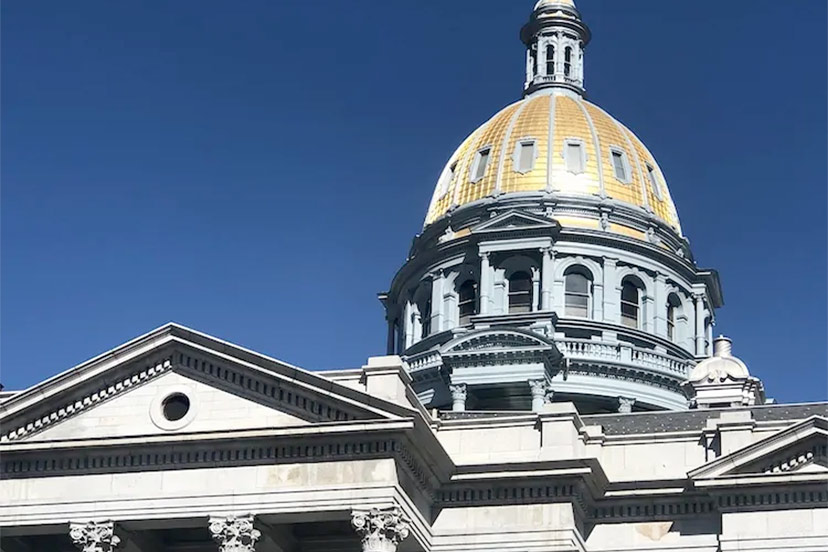This story by by Sara Wilson appeared on Colorado Newsline on September 20, 2023
Colorado lawmakers received a fairly optimistic economic forecast on Wednesday, despite a projected decline in general fund revenue next year and smaller expected refunds to taxpayers.
Economists from the nonpartisan Legislative Council Staff told the Joint Budget Committee as part of their quarterly forecast that general fund revenue, which the state relies on to pay operating expenses, could dip slightly from the recently ended fiscal year to the 2023-24 fiscal year.
General fund revenue is expected to increase by 1.7% for the 2022-2023 fiscal year, which ended on June 30, and then decline by 3.1% for the 2023-2024 fiscal year.
“That gets us back closer to sort of a long-term trend for general fund revenue,” Greg Sobetski, LCS chief economist, said, referring to a swell of individual and corporate tax collections over the past few years. “We expect some normalization.”
The governor’s Office of State Planning and Budgeting agrees that the JBC, which writes the state budget, will enter its next budget-making term back to a “very normal” budget cycle.
The state is expected to collect about $3.57 billion over the constitutional limit set by the state’s Taxpayer’s Bill of Rights, which it will need to return to taxpayers next year. That will be refunded in two possible ways: an identical check of roughly $830 to all taxpayers if voters approve Proposition HH in the fall or a refund based on income level. Under Wednesday’s forecast, an income-based refund would range from $586 for single filers who make up to $51,000 annually to $1,834 for single filers who make over $310,000. Refunds are double for joint filers.
The estimates for TABOR refunds under both scenarios are lower than what is published in the state’s voter guide, known as the “blue book,” because there were more tax filings than expected, Sobestski said. That means the state needs to send more refunds.
The state is expected to exceed the TABOR revenue cap, which is calculated using population and inflation and limits revenue the state is allowed to keep, through the 2025-2026 fiscal year, though the excess might be smaller in the coming years.
Economists with both the OSPB and LCS said that a risk of recession still exists, though it is lower than previously thought. Alex Carlson, the long-range planning and fiscal resilience manager for OSPB, said the recession risk is lowered from 45% to 33%.
“That’s just looking at the next year’s horizon. Though, given the uncertainty that we have seen over the past few years and continue to see, there are some upside risks,” he said.
Lawmakers are expected to have about $1.2 billion to spend for the 2024-2025 budget, which they’ll craft during the next legislative term starting in January. That is about $23 million over expected expenses.
Governor Jared Polis, a Democrat, celebrated the economic forecast:
“Colorado’s economy continues to be strong, companies and entrepreneurs are starting and expanding businesses in our state but high housing costs contribute to inflation and threaten our economic livelihoods. I am proud of our track record of fiscal responsibility and strong budgetary reserves to help prepare for an economic challenge or national issues that impact our thriving state, and we look forward to making more progress on increasing housing supply.”

